Kitchen backsplash construction concerns
hickorywood
18 years ago
Related Stories
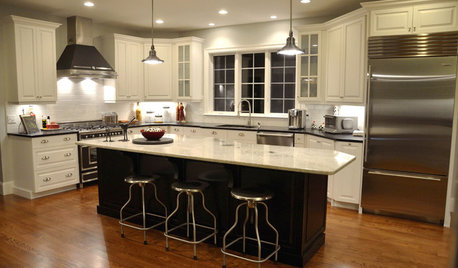
KITCHEN DESIGNKitchen of the Week: A Bi-Coastal Construction
Houzz user Karen Heffernan reveals her dream black-and-white kitchen
Full Story
WORKING WITH PROSYour Guide to a Smooth-Running Construction Project
Find out how to save time, money and your sanity when building new or remodeling
Full Story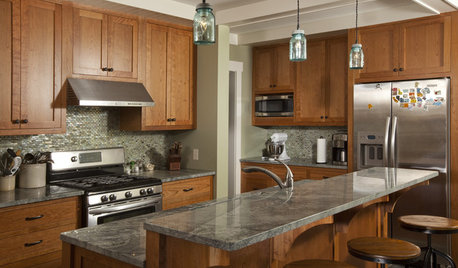
KITCHEN CABINETSCabinets 101: How to Choose Construction, Materials and Style
Do you want custom, semicustom or stock cabinets? Frameless or framed construction? We review the options
Full Story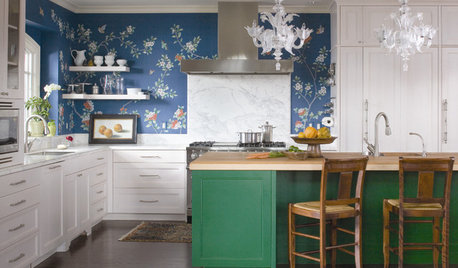
KITCHEN DESIGNTry a Shorter Kitchen Backsplash for Budget-Friendly Style
Shave costs on a kitchen remodel with a pared-down backsplash in one of these great materials
Full Story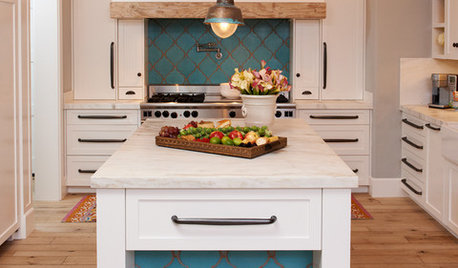
KITCHEN DESIGN10 Gorgeous Backsplash Alternatives to Subway Tile
Artistic installations, back-painted glass and pivoting windows prove there are backsplash possibilities beyond the platform
Full Story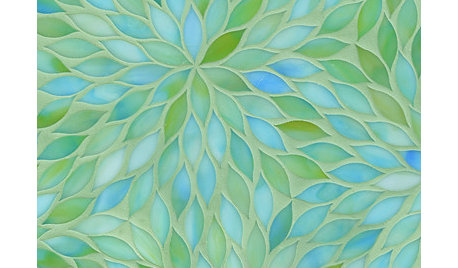
PRODUCT PICKSGuest Picks: Beautiful Backsplash Tiles for Every Budget
Explore 20 tiles curated by a pro interior designer, ranging from everyday affordable to art for the kitchen
Full Story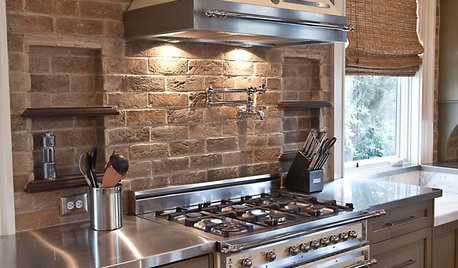
KITCHEN DESIGNYes, You Can Use Brick in the Kitchen
Quell your fears of cooking splashes, cleaning nightmares and dust with these tips from the pros
Full Story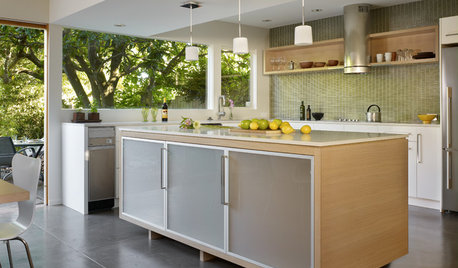
REMODELING GUIDESWhat to Consider Before Starting Construction
Reduce building hassles by learning how to vet general contractors and compare bids
Full Story
BUDGETING YOUR PROJECTConstruction Contracts: What to Know About Estimates vs. Bids
Understanding how contractors bill for services can help you keep costs down and your project on track
Full StoryMore Discussions






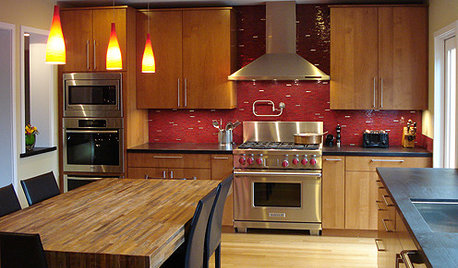


ontario_diyguy
MongoCT
Related Professionals
Fox Lake Kitchen & Bathroom Designers · Henderson Kitchen & Bathroom Designers · Highland Kitchen & Bathroom Designers · Shawnee Kitchen & Bathroom Remodelers · Channelview General Contractors · Hillsborough General Contractors · Irving General Contractors · National City General Contractors · Newburgh General Contractors · North Smithfield General Contractors · Prichard General Contractors · Stillwater General Contractors · Titusville General Contractors · University City General Contractors · Westchester General Contractorschaz_oh
dickross
hickorywoodOriginal Author
chaz_oh
disneyrsh
links_justkitchenbacksplash_com